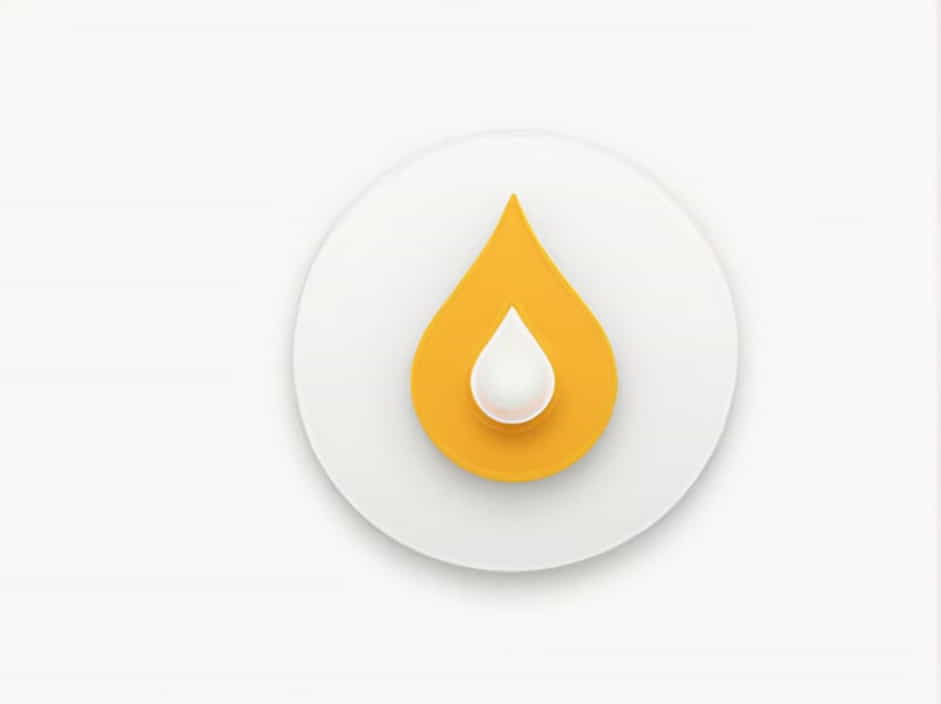Mercury and bromine are unique among the elements because they are the only two elements that exist as liquids at room temperature. While most elements are solids or gases under normal conditions, mercury (Hg) and bromine (Br) stand out due to their distinct physical and chemical properties.
In this topic, we will explore the characteristics of mercury and bromine, their similarities and differences, and their real-world applications.
What Makes Mercury and Bromine Unique?
Most elements in the periodic table exist as solids or gases at room temperature. However, mercury and bromine remain in a liquid state due to their low melting points compared to other elements.
- Mercury (Hg) is a metal that remains liquid at room temperature because of its weak metallic bonds.
- Bromine (Br) is a halogen that exists as a dark red liquid with high volatility.
Both elements have unique properties that make them valuable but also hazardous in certain situations.
Mercury (Hg): The Only Liquid Metal
Physical and Chemical Properties of Mercury
Mercury is a silvery-white metal known for its high density, shiny appearance, and ability to form droplets. Some key properties include:
- Melting Point: -38.83°C (-37.89°F)
- Boiling Point: 356.73°C (674.11°F)
- Density: 13.53 g/cm³ (very high compared to other metals)
- Electrical Conductivity: Good conductor of electricity
- Toxicity: Highly toxic in vapor and compound form
Unlike most metals, mercury does not form strong metallic bonds. This is due to relativistic effects that make it difficult for mercury atoms to share electrons, leading to its liquid state.
Uses of Mercury
Mercury has been widely used in various applications, including:
- Thermometers and Barometers – Due to its thermal expansion properties.
- Electrical Switches and Relays – Used in tilt switches and liquid metal relays.
- Gold and Silver Mining – Mercury binds with gold to form amalgams.
- Fluorescent Lights – Found in compact fluorescent lamps (CFLs).
- Dental Fillings (Amalgams) – Historically used in dentistry.
However, mercury is highly toxic, and its use has declined in favor of safer alternatives.
Health and Environmental Hazards of Mercury
Mercury poisoning is a serious concern, especially through:
- Inhalation of Mercury Vapors – Causes damage to the nervous system.
- Consumption of Contaminated Fish – Methylmercury bioaccumulates in seafood.
- Industrial Spills – Mercury spills require special cleanup procedures.
Due to its toxicity, many countries have restricted mercury use and production.
Bromine (Br): The Only Liquid Non-Metal
Physical and Chemical Properties of Bromine
Bromine is a reddish-brown liquid that is highly volatile and produces toxic fumes. Some key properties include:
- Melting Point: -7.2°C (19°F)
- Boiling Point: 58.8°C (137.8°F)
- Density: 3.12 g/cm³ (denser than water but much lighter than mercury)
- Reactivity: Highly reactive, especially with metals
- Toxicity: Corrosive and harmful to skin and lungs
Bromine belongs to the halogen group (Group 17), which includes fluorine, chlorine, iodine, and astatine. It is the only halogen that is a liquid at room temperature.
Uses of Bromine
Bromine is widely used in industry due to its chemical properties. Some important applications include:
- Flame Retardants – Used in fire-resistant materials.
- Pesticides and Disinfectants – Used in water treatment and agriculture.
- Pharmaceuticals – Found in some sedatives and antiseptics.
- Dyes and Chemical Reactions – Used in organic synthesis.
- Photography – Historically used in photographic film development.
Health and Environmental Hazards of Bromine
While bromine is not as well-known as mercury for its toxicity, it still poses significant risks:
- Severe Skin and Eye Irritation – Causes burns and inflammation.
- Harmful Vapors – Can cause respiratory issues when inhaled.
- Environmental Pollution – Brominated compounds can be persistent pollutants.
Proper handling of bromine and its compounds is necessary to avoid health hazards.
Similarities Between Mercury and Bromine
Despite being a metal (Hg) and a non-metal (Br), mercury and bromine share some important characteristics:
- Liquid State at Room Temperature – The only two elements that remain liquid under normal conditions.
- High Density – Both are denser than water, though mercury is significantly heavier.
- Toxicity – Both elements are hazardous to health and the environment.
- Industrial Uses – Used in various industries, from medicine to electronics.
- Highly Reactive – While bromine is chemically reactive with metals, mercury forms amalgams with them.
Differences Between Mercury and Bromine
| Property | Mercury (Hg) | Bromine (Br) |
|---|---|---|
| Element Type | Metal | Non-metal |
| Appearance | Silvery liquid | Reddish-brown liquid |
| Density | Very high (13.53 g/cm³) | Moderate (3.12 g/cm³) |
| Melting Point | -38.83°C | -7.2°C |
| Boiling Point | 356.73°C | 58.8°C |
| Reactivity | Forms amalgams with metals | Highly reactive with metals |
| Toxicity | Neurotoxic and bioaccumulative | Corrosive and toxic to skin/lungs |
Why Are Mercury and Bromine Liquids?
The reason mercury and bromine remain in a liquid state at room temperature is due to:
- Weak Atomic Bonds – Mercury has weak metallic bonding, while bromine has weak van der Waals forces.
- Low Melting Points – Both elements have low melting points compared to other metals and non-metals.
- Electron Configuration – Mercury’s electrons move at relativistic speeds, weakening its atomic bonds.
- Intermolecular Forces – Bromine molecules are held together by weak intermolecular forces, allowing them to stay liquid.
Mercury and bromine are the only two naturally occurring liquid elements at room temperature. Despite being from different groups in the periodic table, they share several characteristics, including high density, toxicity, and industrial significance.
However, mercury’s metallic nature makes it useful in electrical and scientific applications, while bromine’s chemical reactivity makes it valuable in pharmaceuticals and flame retardants.
Both elements must be handled with care due to their health and environmental hazards. Understanding their properties helps ensure safe usage and disposal in laboratories, industries, and daily applications.
